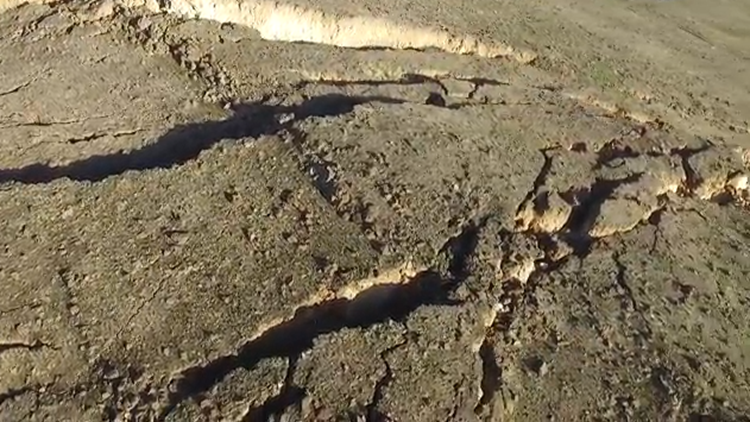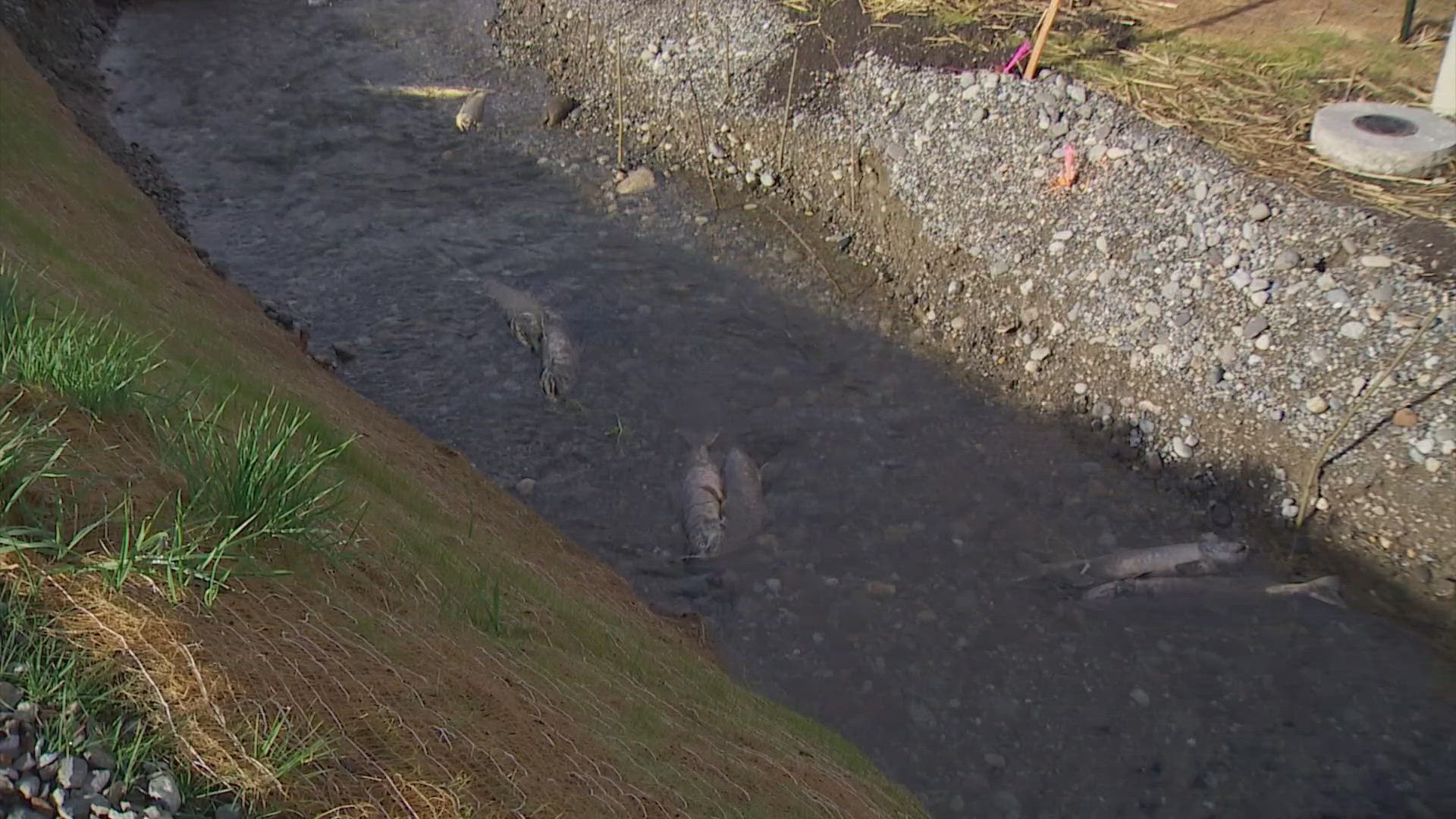A month-long evacuation has been lifted for families living near Rattlesnake Ridge.
Dozens of residents who were evacuated were cleared to return to their homes Wednesday after a report of a less intense landslide that could take decades, the Yakima Herald reports.
A new consultant’s report released Tuesday night on the landslide slowly unfolding on Rattlesnake Ridge above Interstate 82 in Union Gap near Yakima says it could take years or decades to completely fail.
The report prepared for the Washington State Department of Transportation by the firm Wyllie & Norrish Rock Engineers Inc. lays out various scenarios of how the slope could come apart.
The engineers estimate that there is less than a five percent likelihood of rapid failure.
Still, the report says “the Rattlesnake Ridge landslide should be treated as a serious threat to public safety, but one that is both predictable and manageable.” It also recommends that barriers along I-82 should remain up to shield traffic from rock fall.
Consultant Norman I. Norrish says one of the positive benefits is "its location in plain view, without the complications of vegetative or forest cover, steep-terrain, or heavy precipitation. These attributes, combined with the multi-agency participation of cooperating technical experts, makes this one of the best-documented landslides of which the author is aware.”
That said, the report says "there are no absolutes when it comes to the prediction of future landslide behavior.”
As the slide unfolds, it could move in two directions, according to the report: south toward a rock quarry or southwesterly toward I-82.
So far, the layer of basalt rock has separated along the crack at the top of the ridge by 12 feet. The Washington Geological Survey, part of the Department of Natural Resources, says the slide is moving about 1.6 feet per week and that its rate of acceleration has recently slowed.
The report also says material will likely be “bulldozed” to the south and west edges of the slide in a series of small failure events, “tens to a few thousand cubic yards.” The total volume of the moving rock is estimated at 4 million cubic yards.
“Long-term stability is contingent on whether a self-arresting talus buttress can accumulate in the quarry bowl," the report reads.
The consulting engineers are also calling for a fully-deployed automated data reporting and warning system.
The news comes as DNR is working to assess better landslide risks statewide in the wake of the March 22, 2014, landslide near Oso. That landslide moved at high speed, estimated in excess of 60 miles per hour by the U.S. Geological Survey. The Oso slide killed 42 people, making it the deadliest landslide in U.S. history.
Since then, the state has embarked on a project to map landslide risks using high-resolution Lidar, a technology using laser pulses from an airplane that can penetrate down through vegetation; and with computer processing to paint an accurate picture of the ground below and discover previous landslide debris -- signs that an area could slide again.
Five landslide geologists were hired to analyze the data. DNR has made a $435,000 request to hire another two geologists to fully understand why the Oso landslide happened and 50 square miles surrounding the slide. The geology is considered similar to 17 other counties around the state with lots of glacial terrain, and could also benefit from the results.
The agency, which also regulates state forest practices, is supporting Senate Bill 6235, allowing more time to fully understand and analyze logging applications in steep slope areas that also involve road building.



